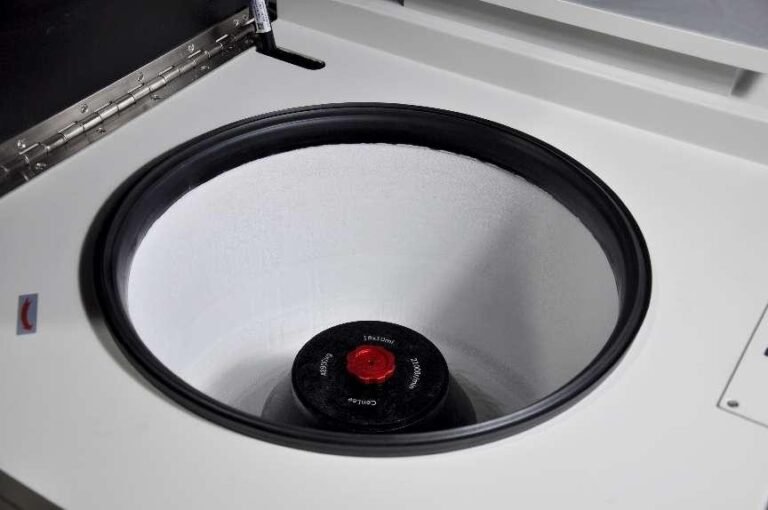The Evolution of Ultracentrifugation: What’s Next for This Essential Lab Tool?
Ultracentrifugation, a method that uses rapid spinning to separate particles in liquids, has long been a backbone of labs worldwide—from drug development to disease research. But as science races forward, this trusted technique is set to evolve in exciting ways. Let’s explore the trends and innovations shaping its future.
- Smarter Labs with Automation
Say goodbye to manual adjustments and guesswork. Future ultracentrifuges will likely pair with robots and smart software to handle samples, adjust settings, and analyze results automatically. Think self-calibrating machines that reduce errors and let scientists focus on big-picture questions. Automation could also allow labs to run more experiments simultaneously, speeding up breakthroughs in medicine and biotechnology.
- Compact, On-the-Go Centrifuges
Imagine centrifuges small enough for a doctor’s office or a field lab. As demand grows for rapid testing (like diagnosing infections or checking water quality), portable devices will become game-changers. These pocket-sized tools could deliver results in minutes, bypassing the need for bulky lab equipment. Farmers, emergency responders, and even astronauts might soon rely on ultracentrifugation in unexpected places.
- Teamwork with Multi-Omics Science
Modern biology often studies cells by analyzing genes, proteins, and metabolites together—a approach called “multi-omics.” Ultracentrifuges will adapt to this trend by offering better ways to isolate delicate biomolecules without damaging them. Future protocols might include specialized spin settings to cleanly separate DNA, RNA, or proteins for large-scale studies, helping researchers connect dots in complex diseases like cancer.
- Stronger, Faster Machines
New materials are coming. Carbon fiber rotors, for example, could make centrifuges lighter yet tougher, allowing faster spins and higher capacities. Engineers are also redesigning rotors using fluid dynamics models to prevent turbulence, ensuring smoother separations. These upgrades mean labs could process more samples in less time while cutting energy costs.
- AI as a Lab Partner
What if a centrifuge could “learn” from past experiments? AI might soon optimize spin speeds, temperatures, and run times based on data patterns. Machine learning could also spot trends in results that humans miss—like subtle differences in virus particles or protein clusters. Over time, this could turn ultracentrifugation into a more predictive tool, guiding researchers toward smarter experiments.
Looking Ahead
The next decade will transform ultracentrifugation from a standalone tool into a connected, adaptable system. Smaller devices, AI integration, and cross-disciplinary applications will open doors in personalized medicine, environmental science, and beyond. But collaboration is key: Biologists, engineers, and tech experts must work together to turn these ideas into reality. One thing’s certain—the humble centrifuge isn’t spinning out of style anytime soon.


